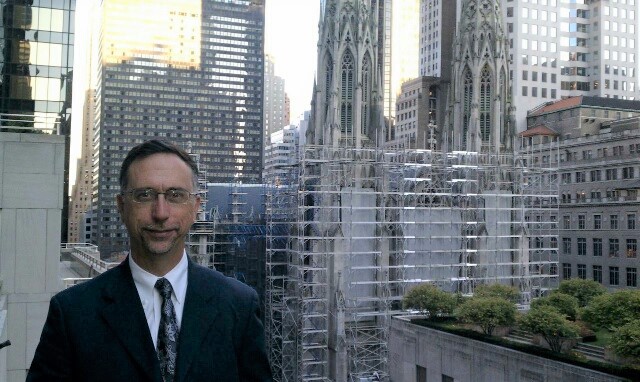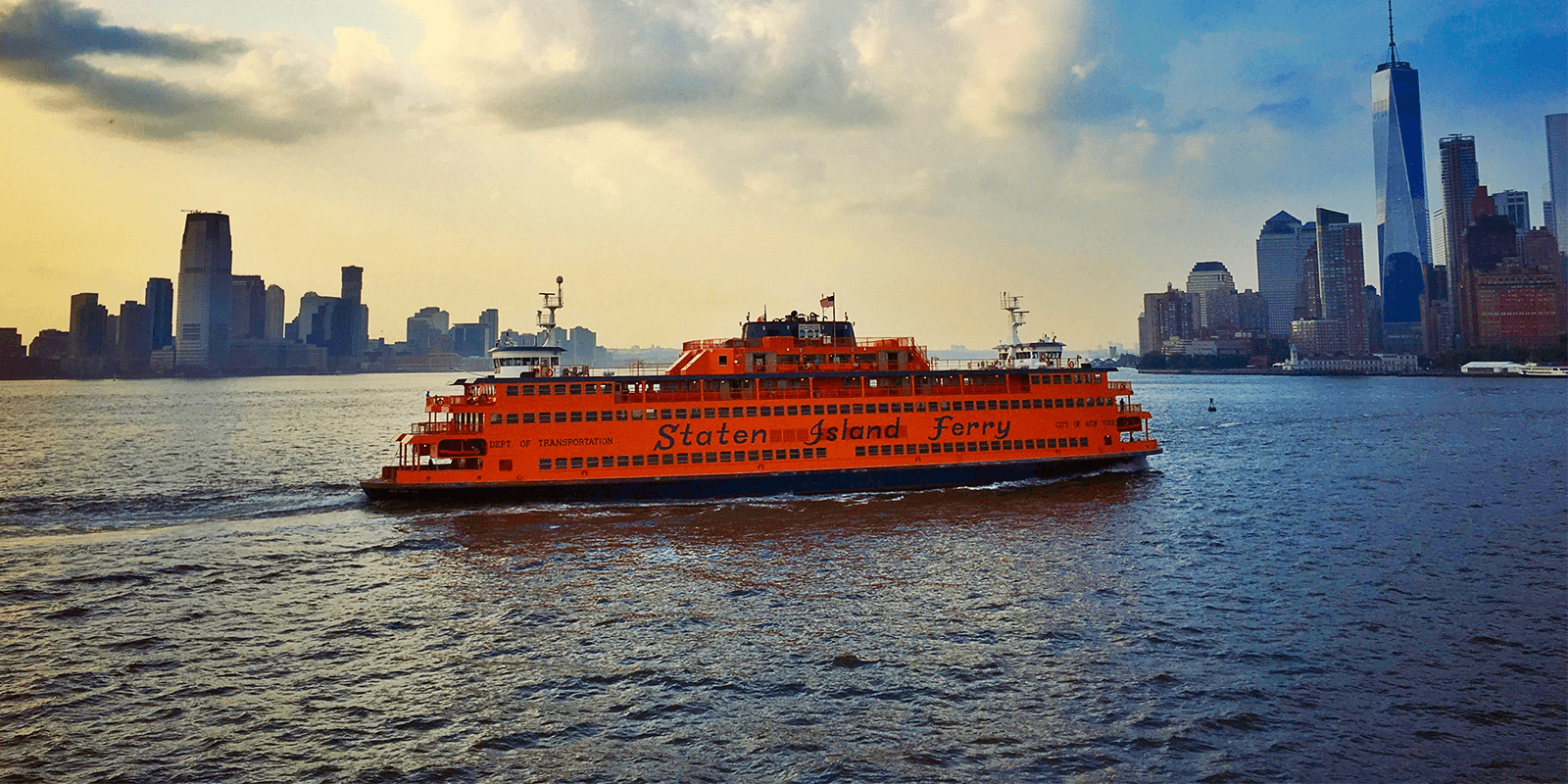
With degrees in marine engineering, mechanical engineering and management, Local 375 (District Council 37) member Earl Baim might appear overqualified, at least on paper.
However, Baim is a vital member of a very small team of Department of Transportation engineers responsible for the constant maintenance and construction of New York City’s ferry system. The crown jewel in the system is the iconic Staten Island Ferry, which transports some 70,000 New Yorkers every day.
According to Baim’s boss, A’gota Fejes, without the 32-year veteran on the team, they’d all be sunk.
“His hand is everywhere,” says Fejes, a civil and structural engineer, who is based out of the St. George Terminal in Staten Island, where the Staten Island Ferry originates. “He’s a very sharp person. He’s diligent, he’s efficient, wise … he’s a great support not just to me but to everyone he works with.”
Baim helps oversee and ensure that the ferries, the shore facilities and docks they travel to, and, occasionally, other ferry vessels and piers throughout the city are all in a state of good repair. He also advises the contractors and consultants who support keeping the ferries running, making sure the piers that host them are being properly maintained and constructed. That doesn’t include overseeing the procurement, bidding and due diligence involved in working with various contractors.
According to Fejes, Baim has the unique talent of being able to speak to a range of people, from a variety of tradesman, such as dock builders and craftsmen, to other engineers, as well as those in upper management roles.
“He’s so good with everyone,” says Fejes. “When he works on a problem, he’ll spend a couple days on it.”
Another important fact about Baim that Fejes points out: “Earl doesn’t take shortcuts” when it comes to safety. Safety always comes before cost and expediency.
Even though Fejes has 30 years’ experience working as both a civil and mechanical engineer on buildings and deep foundations, she says that she relies heavily on Baim’s vast knowledge of the New York City ferry and transit system, and speaks to him at least twice a day for counsel.
Baim might be one crucial linchpin in a major mass transit system, but he thinks of himself in far more modest terms.
“I’m just an engineer here,” says Baim, who allows, “I’m really a construction project manager and a design project manager.”
But like so many AFSCME public service workers, Baim, while shunning the spotlight, exemplifies the importance of having seasoned, skilled, dedicated public service professionals involved in such vast and complex operations.
Baim trained at SUNY-Maritime College in the Bronx, where he earned his degree in marine engineering. Out of college, he designed vessels for the government and for private steamship companies.
When he became a city employee, he eventually returned to New York University, picking up additional degrees in civil engineering and management to bolster his knowledge and so he could be conversant with a wide range of professions. That knowledge paid off during one of the highlights of Baim’s career, the 10-year construction of the 200,000-square-foot Whitehall Ferry Terminal.
In his time off, Baim doesn’t venture far from the sea. He has two small sailboats he takes around Jones Beach near his home on Long Island. He also enjoys taking in New York’s museums and cultural institutions, as well as studying Italian.
Though his interests are varied, Baim’s aspirations are quite simple: “I enjoy building things and improving the world I live in.”
